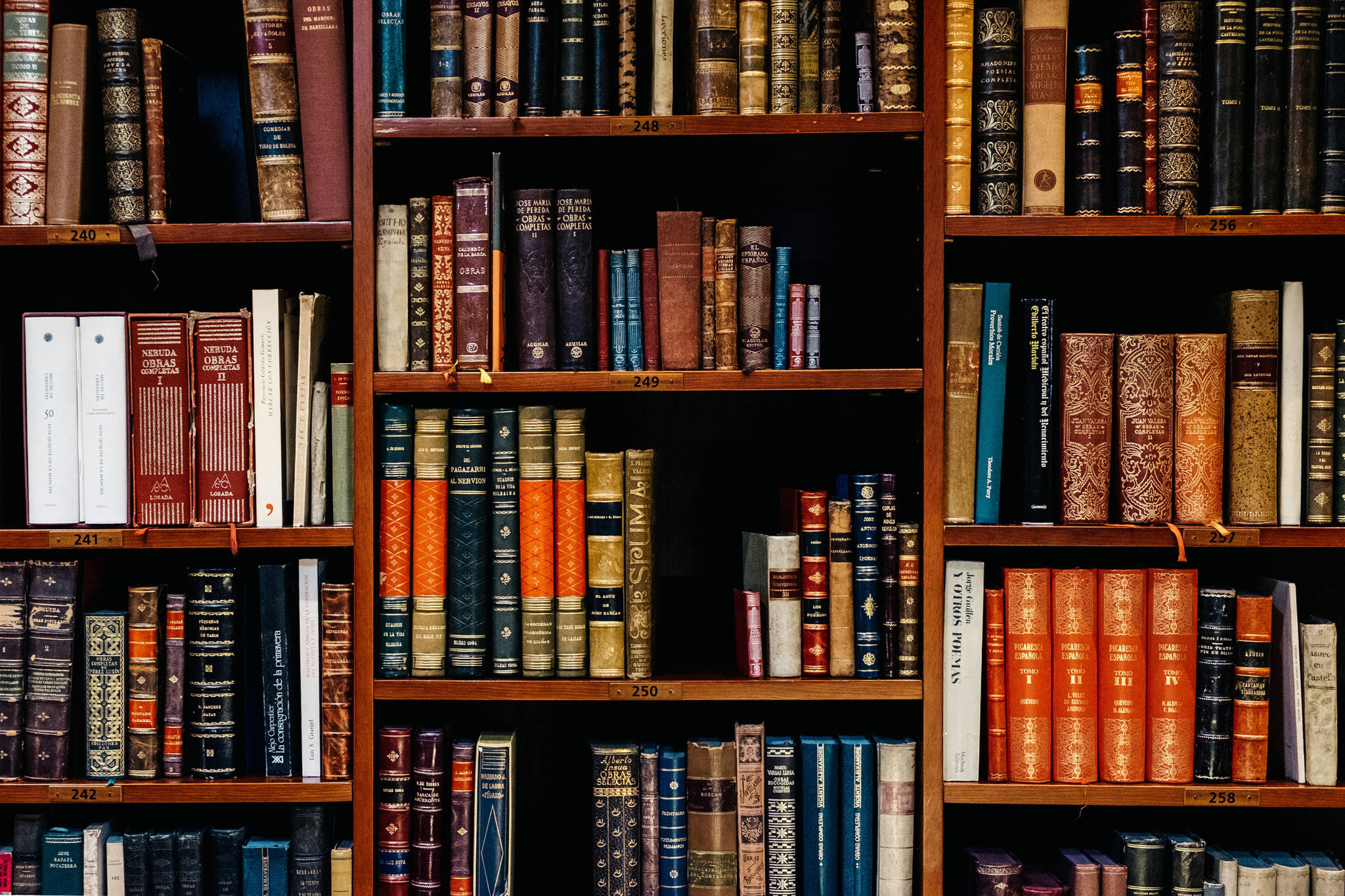The need to know is part of being human. Anyone with a toddler who asks “why” over and over again can attest to the earliest desire to have “the” answer, a reason, a way to make sense of their world.
As I explored this topic over the last month, ironically I kept asking the question “why” do we need to know “the” answer, in particular, why do I need to know? I often find myself anxious and impatient when I need an answer and can’t get it. There is a little child in me shaking her tiny fists at the world yelling “just give me the answer!” Even thinking about the word “uncertainty” makes me feel queasy.
A brief and very simplistic overview of brain development may be useful. I am no expert so my apologies to any neuroscientists out there. The following information has been helpful in understanding myself.
The brains of children and adolescents develop at an amazing pace. From birth to 3 a child’s brain is producing more than a million neural connections each second. Another major brain developmental window is adolescence through the mid-20s.
The oldest part of the brain is the limbic system, the fight or flight survival part of brain, sometimes called the reptilian brain. The deepest need of this part of the brain is to be safe, with no logical function to make sense of the world. An example of this part of the brain is when a child is frightened by a loud sound.
The newest part of the brain and the last section to fully develop is the frontal cortex — the executive or logical part of the brain that plans appropriate behavior after weighing all consequences. I call this the Spock brain. This part of the brain is not fully developed until the mid-20s. An example of this part of the brain not functioning is when a teenager does something that makes absolutely no sense, because it’s not logical.
So, we have this limbic survival brain, growing new pathways to other parts of the developing brain and processing an overwhelming amount of information and experiences every day. The frontal cortex is growing, but not fast enough yet to make sense of it all.
All goes relatively well, with the usual ups and downs, unless something interrupts the process. Any unpredictable negative experience (though it is usually a cluster of experiences) that threatens a child’s sense of security can create a loss of trust in the safety of the world, and in the ability of adults to protect them.
As the child grows into adolescence, they can be more at risk for substance abuse to self-medicate the anxiety or become perfectionistic straight “A” students, trying to control what they can.
The adolescent grows into an adult physically, looks like an adult, can even pretend to be an adult, but lives with that anxious little child in their brain shaking their tiny fists at a world that often doesn’t make sense or have the answers they want to hear.
Oh, yeah, that’s me, and I have a feeling I’m not alone.
Have you ever been told to “relax and let it go?” Do you find yourself very uncomfortable with the unknown? Do you worry about things you can’t control, trying to control the uncontrollable? Have you been criticized for being controlling, or do you beat yourself up for it?
Good news! You are normal! Every human being has worries or uncertainty issues, it’s part of being human! Some of us just have more activated fight or flight reactions through no fault of our own!
Now, how do we cope with this deep need to feel safe? Unfortunately, there many unhealthy options available to quiet or numb the fear. These behaviors work temporarily, but create their own set of anxieties and problems in our lives.
What can we do that is healthy? All I have to offer are my own experiences. Please be careful not to think a person must do all of these, that only creates more anxiety. Pick one or two that sound doable and begin. Behaviors that calm the nervous system include yoga, deep breathing, meditation, being outdoors, painting, exercise, doing fun things, relaxing bodywork, and being with supportive friends.
Two tools I’ve discovered recently are (1) forgiving and even loving myself for having this survival trait, and (2) the prayer “May the blessings be.” Somehow it calms me, encompassing “let go and let God,” “thy will be done,” and “a Divine intelligence greater than my own is running the show.”
Living with uncertainty is a part of life. Some things may have no answer, or the answer changes when new information emerges (hopefully). Learning how to live with unknowingness in life takes courage, maybe I can learn to live in the mystery.
• Wendy Hamilton is a lifelong Alaskan and trauma survivor. “Living & Growing” is a weekly column written by different authors and submitted by local clergy and spiritual leaders.

